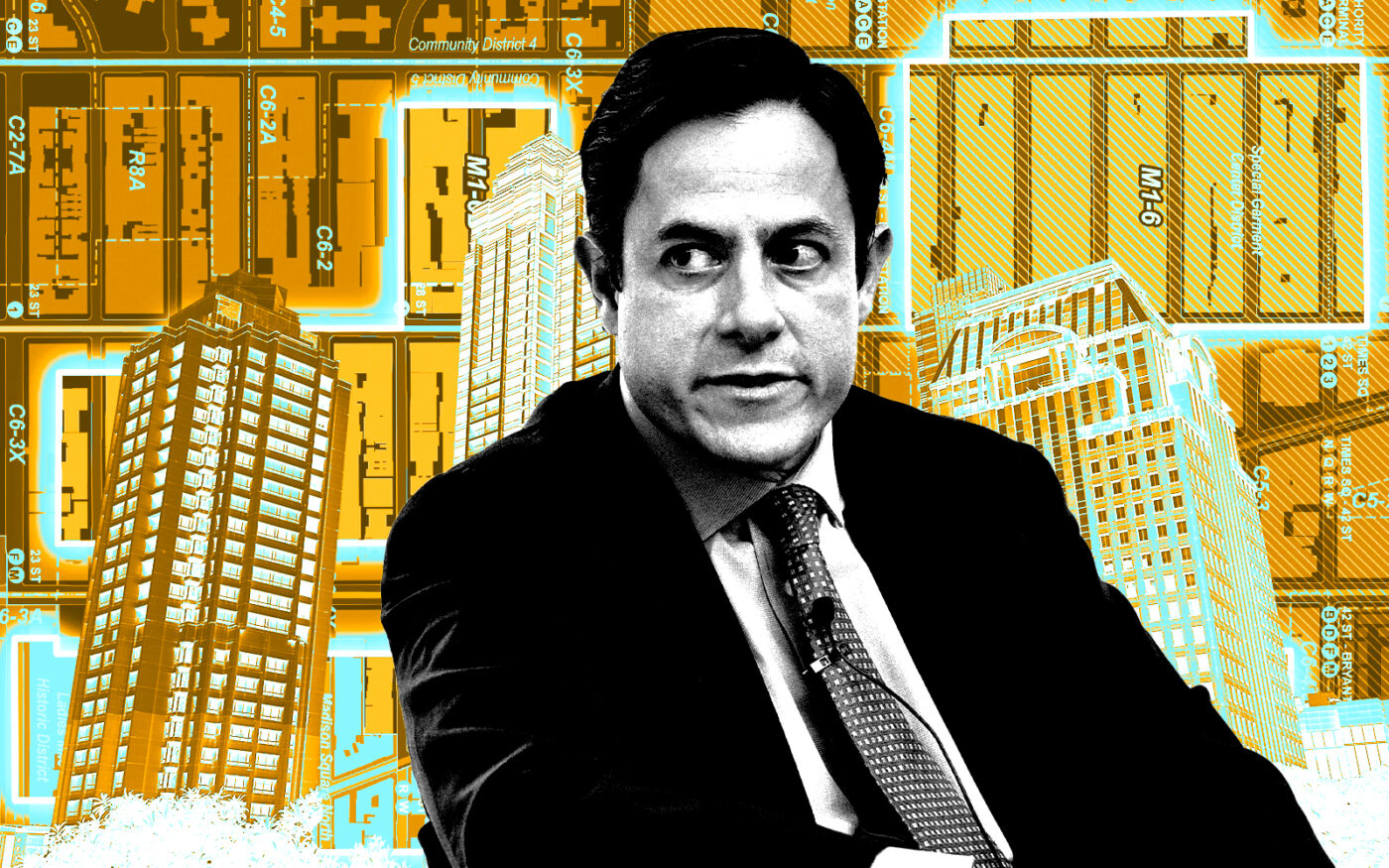Thousands of homes are planned for Midtown South. “Planned” is the operative word.
The Department of City Planning on Thursday night detailed its vision for rezoning 42 blocks in the neighborhood, allowing housing to be built in areas zoned for manufacturing. If these changes are approved, the city estimates that 3,970 new housing units, of which 789 to 1,144 would be income-restricted, could be built over the next 10 years.
Of course, the pace and volume of construction would hinge on whether the state legislature replaces the expired property tax break 421a. Affordable housing built as part of this plan would adhere to the city’s Mandatory Inclusionary Housing program, which was designed to work in tandem with the tax incentive.
Developers have warned that building multifamily housing without the tax break is financially not feasible. A majority of the estimated housing units in the plan would result from ground-up construction, according to City Planning.
The rezoning would allow residential space with a floor area ratio of up to 12 (meaning, the square footage of the housing is 12 times the size of the lot). That’s the maximum density permitted under state law, but Gov. Kathy Hochul has been pushing to lift this cap as part of the state budget.
Doing so would allow the city to rezone areas to allow for more residential space and to convert more offices into housing. Many office buildings exceed an FAR of 12, so they cannot be fully converted into housing under current law.
With a few exceptions, office buildings constructed after 1961 in the city cannot be converted into housing. That threshold would be bumped to 1990 as part of the City of Yes for Housing Opportunity text amendment.
But that doesn’t seem to be the main obstacle for the class B and C offices in Midtown South, 89 percent which were built before 1961. The FAR cap also would not serve as a barrier for these buildings.
While such office buildings could be converted, owners have said the complicated nature of turning office space into housing makes these projects unlikely to pencil out. The state is also considering a tax incentive for developers who convert office space into housing, which would require at least 20 percent of units to be set aside as affordable.
The Adams administration has estimated that policy changes at the city and state level could lead to the conversion of office space into 20,000 units of housing over the next decade.
It was not immediately clear how many of the nearly 4,000 residential units would be built as a result of office conversions versus ground-up construction. A representative for City Planning could not immediately provide a breakdown.
Ground-up construction would rely on 421a, while conversions would rely on the incentive. State budget negotiations are expected to heat up in the coming weeks, ahead of the April 1 deadline.
The rezoning plan can, however, likely count on backing from local Council members Keith Powers and Erik Bottcher, who both commended the plan’s aim of creating a 24/7, live-work neighborhood. Their support will be key when the plan goes through the city’s land use review process.
Midtown South once dominated demand among so-called TAMI tenants, companies in the technology, advertising media and information sectors. Available office supply has outpaced demand in the submarket, with a negative net absorption of 20.81 million square feet since March 2020, according to Colliers’ 2023 fourth quarter market report. The availability rate reached a record 18.8 percent in November, and landed at 18.7 percent by the end of the quarter.
The rezoning will affect four areas of Midtown South, bounded by West 23rd and West 40th streets and Fifth and Eighth avenues. The rezoning does not include Madison Square Garden and Penn Station, nor the areas where Gov. Kathy Hochul wants to build 10 mostly commercial towers around the station. That plan is on ice for the time being.
Read more



